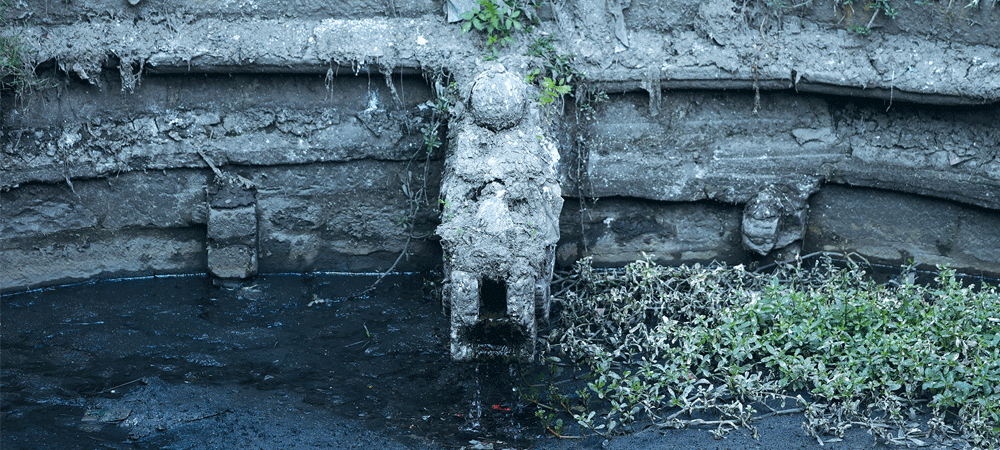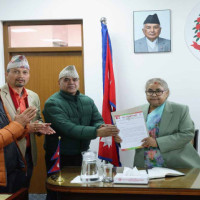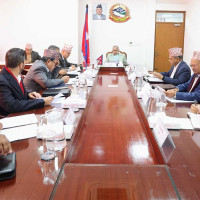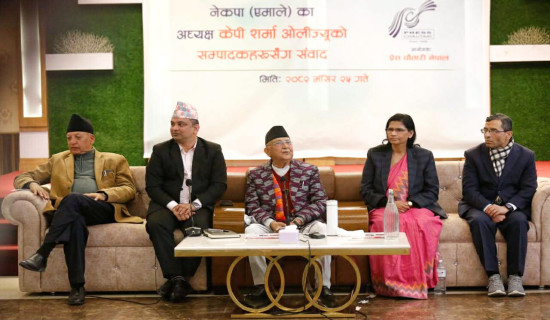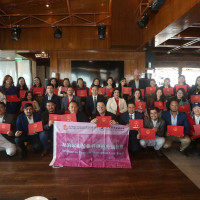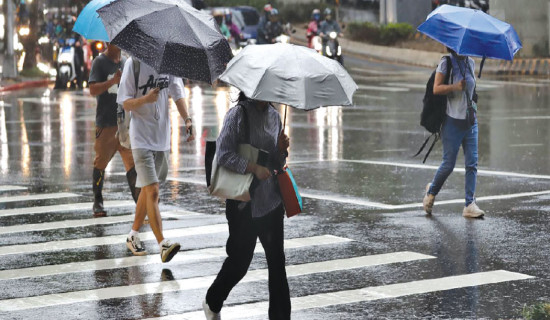- Thursday, 11 December 2025
Revival of Valley’s stone spouts can help meet water demand
Kathmandu, Dec. 29: Until a few decades ago, stone water spouts, also called Dhunge Dhara and Hiti in Newari language, used to be the only source of water for many people living in the Kathmandu Valley. But due to rapid and unplanned urbanization, most of them are drying out.
Stone spout water is perceived as clean drinking water but can be easily contaminated because it is mostly supplied by shallow groundwater.
Padma Sundar Joshi, Hiti expert and former Habitat Programme Manager at United Nations Habitat, said that drying out of the stone taps was due to a lack of regular maintenance, negligence and construction without knowing the source line of stone spouts.
Joshi, who also published a book titled ‘Hiti Pranali’ recently said the water table decreased due to anthropogenic activities but there is still a path for correction. “For example, to bring the water table upward, the ‘Rajkulo’ and ponds can be revived if it’s possible. In Patan, the Lalitpur Metropolitan City is planning to revive ‘Saptapatal Pokhari’ (pond) and Paleshwa Pokhari and that can help uplift the water table which helps to revive the stone spouts,” he said.
Another work can be done by recharging the rainwater in every household which also helps to elevate the water table. Water paths should be mapped to conserve the Hiti, Joshi said.
With the increase in population, the Kathmandu Valley is creating an increasing water demand. In 2021, the water demand was 470 MLD (million litres per day), and the supply was scanty 106 MLD during the wet season and 80 MLD during the dry season.
Traditional stone spouts hold the potential to fulfil the water demands of certain sections of populations in the Valley. However, these spouts themselves are degrading due to extensive pumping of groundwater, unstoppable constructions, and contamination from sewage, septic tanks, and industrial waste, said a report jointly published by the Central Department of Environment Science, Tribhuvan University, International Centre for Integrated Mountain Development (ICIMOD) and Southasia Institute of Advanced Studies (SIAS) recently.
In 2019, the Kathmandu Water Supply Development Board (KVWSMB) identified 573 spouts in the Valley, out of which 224 were functional at the time of the survey while 94 were completely lost. These functional spouts were the primary source of drinking water for low-income households and had a total discharge of 2.4 MLD.
According to Karishma Khadka, Springshed Management Associate at ICIMOD, the main reason behind drying stone spouts was anthropogenic (change in nature by people). “With the rapid increase in concrete construction, the underground sources are drying up. Another reason can be the change in the rainfall pattern these years. Rainfall used to be the way to recharge the ground and people got sufficient water but nowadays changes in the precipitation – high-density rainfall within a short period and no rainfall during the dry season can also be the reason for drying up of those spouts,” she said.
There is no exact research on climate change’s impact on the drying up of water sources, but it can also be related to climate change. “No rainfall on time and high-density rainfall in a short period causes floods on the roadways but cannot be absorbed underground,” Khadka said.
In the Valley, at the turn of the 21st century, it was estimated that more than 50 per cent of the water supply was obtained from groundwater sources such as dug well, tubewell, and stone spouts as people could no longer depend on the municipal piped water supply alone, the report read.
Another report titled “Conserving springs as climate change adaptation action” by ICIMOD said that both rural and urban communities depended on springs for meeting their drinking, domestic, and agricultural water needs. There is now increasing evidence of springs drying up or their discharge reducing, as a result of which communities are facing water stress.
The Kathmandu Valley is in a state of water crisis due to anthropogenic activities that are influencing both its quality and quantity. Rapid urbanisation and a huge influx of people migrating to urban areas are increasing pressure on water resources and their availability. The Valley population is one of the fastest-growing cities in South Asia and since 1971, the population has increased by almost 4.8 times, reaching almost 3 million in 2021.

